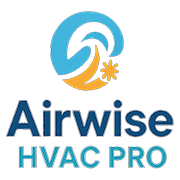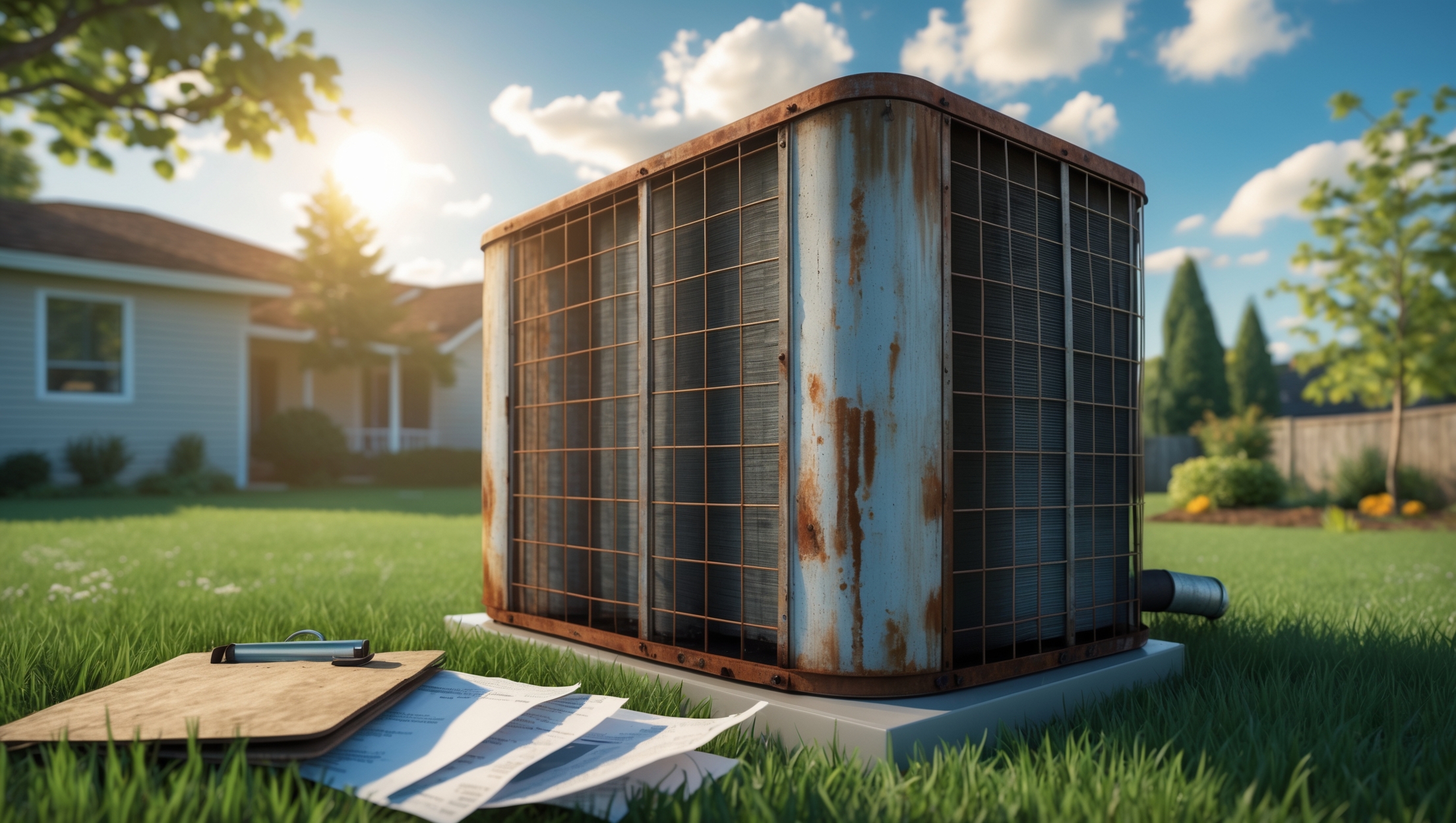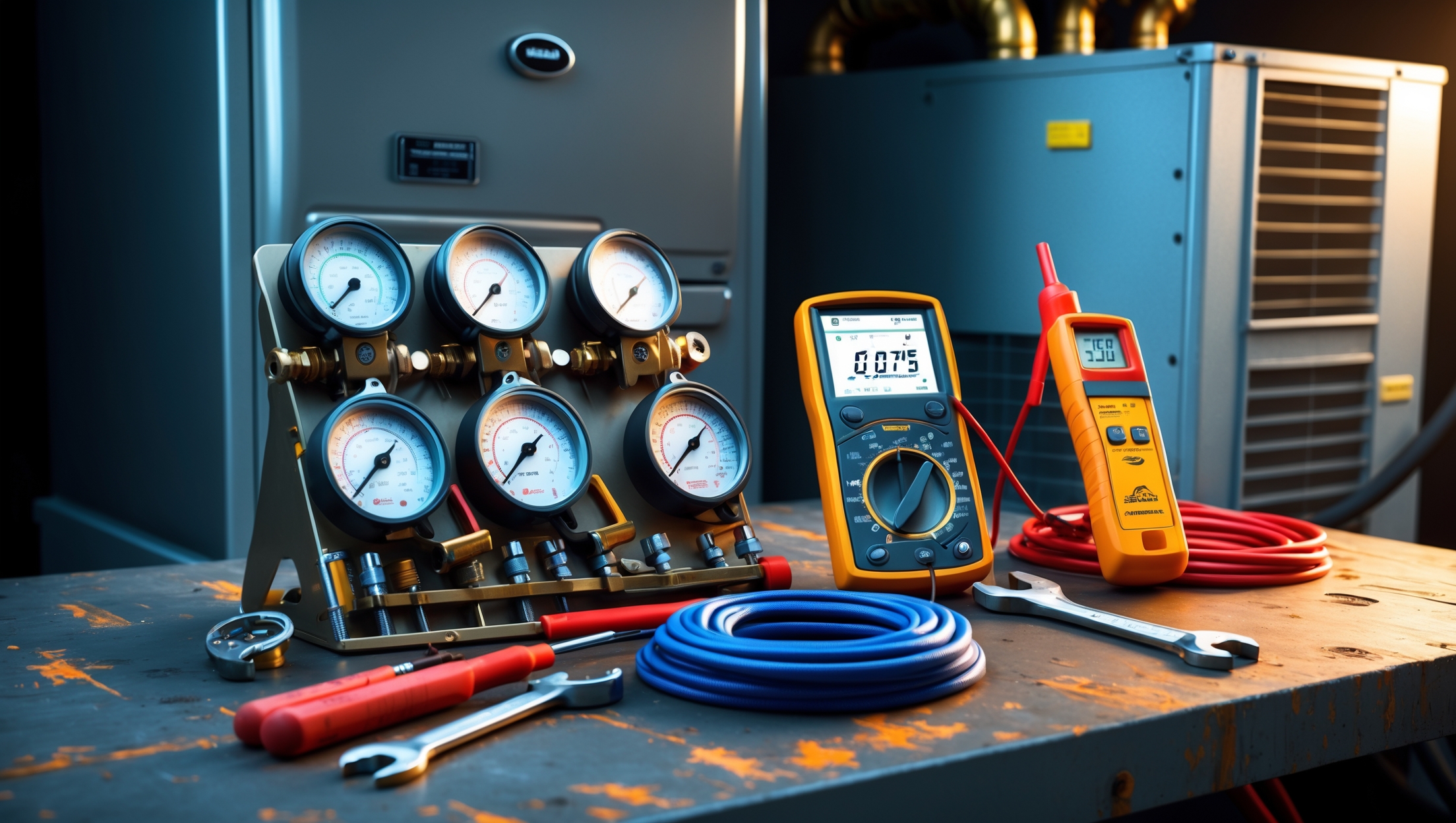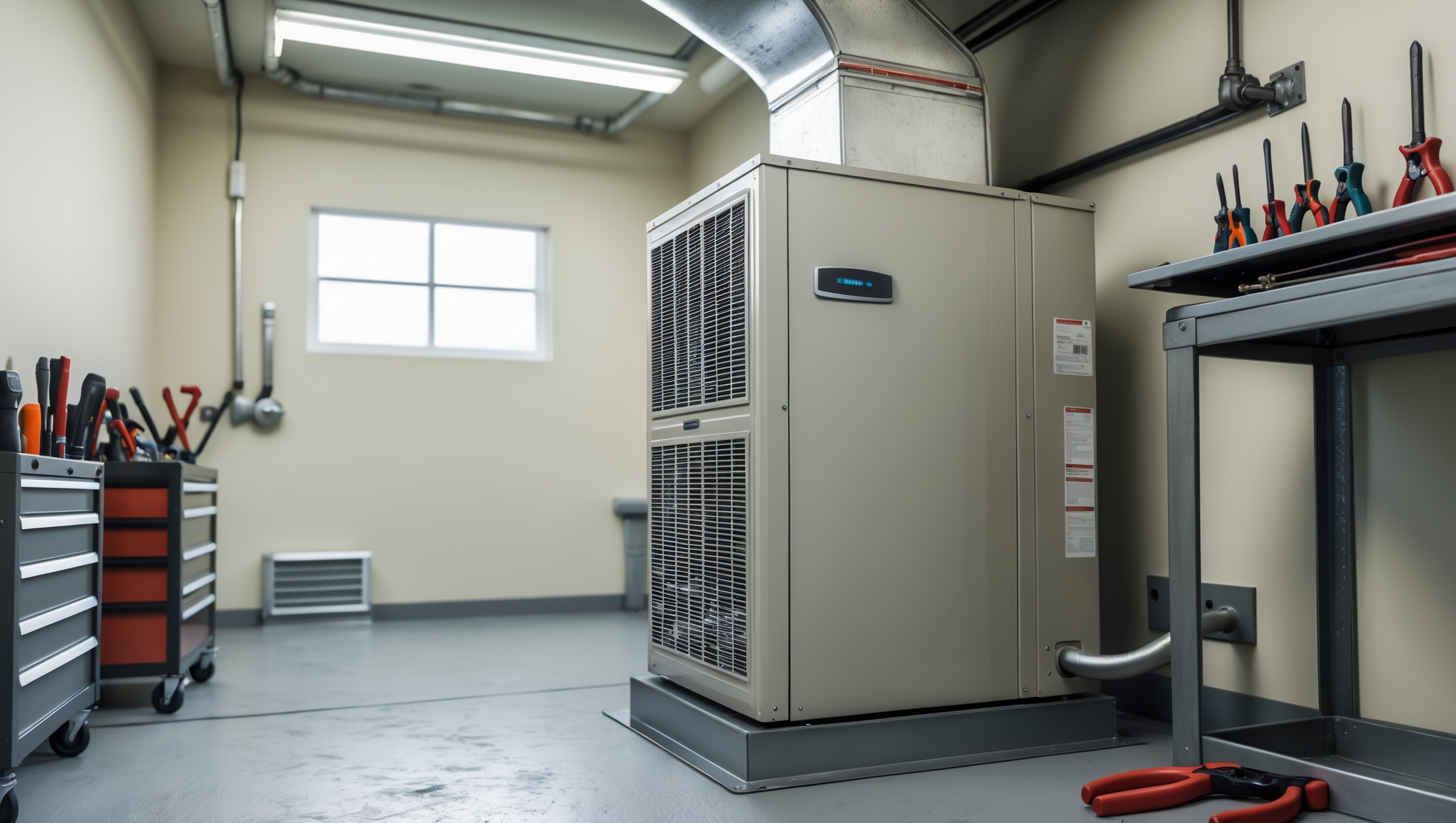Introduction: The Overlooked Risk—HVAC Insurance Gaps and Your Bottom Line
Heating, ventilation, and air conditioning (HVAC) systems are essential to every modern property, keeping homes comfortable, air clean, and operations running smoothly. Yet for countless homeowners, property managers, and even contractors, the question of insurance for HVAC systems remains an afterthought—until disaster strikes. While standard property or business insurance may appear to cover everything, hidden gaps in HVAC-related coverage can leave you vulnerable to substantial out-of-pocket losses, legal headaches, and costly disputes. Whether it’s a property-damaging coolant leak, a contractor’s accidental mishap, or a warranty exclusion that catches you off guard, insufficient HVAC insurance can turn a routine issue into a financial nightmare.
This in-depth guide unpacks what HVAC insurance gaps really are, why they matter, and the proactive steps you can take to ensure your property or investment is genuinely protected. We’ll break down the most common blind spots in policies, walk through real-world scenarios that cost owners and managers dearly, and provide practical advice for identifying, negotiating, and closing coverage gaps. Whether you manage a multi-unit property, own a single-family home, or oversee a portfolio, understanding your HVAC insurance is as crucial as regular maintenance. Read on for actionable insights that could save you thousands—and plenty of stress—in the long run.
What Are HVAC Insurance Gaps?
Defining the Gap
An insurance gap is any scenario where your current policy does not provide coverage for a specific risk relating to your HVAC system. These gaps can exist in both property insurance (for homeowners and landlords) and liability coverage (for contractors and property managers).
Common Types of HVAC Insurance Gaps
- Excluded Perils: Certain events, like gradual water leaks or mold resulting from HVAC malfunctions, are often explicitly excluded from standard policies.
- Equipment Breakdown Limitations: Not all policies cover mechanical failures, electrical surges, or refrigerant leaks in HVAC units.
- Improper Installation or Maintenance: Claims may be denied if damage is linked to substandard installation or lack of documented maintenance.
- Contractor Liability Issues: Homeowners may assume contractor insurance covers all risks during installation, but subcontractor errors or insufficient coverage can create gaps.
- Warranty-Insurance Overlap: Many policies exclude damage covered by a manufacturer’s warranty, but warranties themselves have limits and exclusions.
Why Do HVAC Insurance Gaps Happen?
Misunderstandings and Assumptions
Many property owners and managers mistakenly assume their standard property insurance or warranty will automatically cover any HVAC-related loss. In reality, policy language is precise—and exclusions, sublimits, and conditions are common. Insurance agents may not be HVAC specialists, and providers may bundle HVAC with other mechanical systems, creating ambiguity.
Changing Technology and Regulations
Modern HVAC systems are more complex than ever, with smart controls, refrigerant upgrades, and evolving building codes. Policies drafted years ago may not address risks associated with new refrigerants, zoning systems, or Wi-Fi-enabled thermostats. Regulatory changes (e.g., refrigerant phase-outs) can further complicate coverage.
Contractor and Third-Party Risks
When hiring HVAC contractors, property owners often rely on certificates of insurance without checking for relevant endorsements or verifying policy limits. Subcontractors may be uninsured, or limits may be exhausted by unrelated claims, exposing property owners to liability.
Real-World Scenarios: Costly Consequences of Overlooked Gaps
Scenario 1: The Silent Refrigerant Leak
A small refrigerant leak goes undetected for months, eventually damaging walls and floors. The property owner files a claim, only to discover gradual leaks and resulting mold are excluded. The result: $8,000 in repairs, all out-of-pocket.
Scenario 2: Faulty Installation Fallout
A contractor installs a new HVAC unit, but incorrect wiring causes a short circuit, damaging the system and part of the electrical panel. The contractor’s liability coverage excludes “faulty workmanship” and their policy limit has been reached on a previous job. The homeowner is left to pay for repairs and a new unit.
Scenario 3: Warranty vs. Insurance Limbo
An HVAC compressor fails within the warranty period, but the manufacturer denies the claim due to “improper maintenance.” The property owner’s insurance also denies the claim, citing the warranty exclusion. The result: a $2,500 bill and a cooling system out of commission for weeks during peak summer.
Scenario 4: Smart System Cyber Risk
A multi-unit property with Wi-Fi-enabled HVAC controls is hacked, shutting down heating in the dead of winter. Property insurance doesn’t cover cyber-related losses, and tenants demand compensation. The property manager faces unexpected costs and reputational damage.
Spotting Gaps in Your HVAC Insurance: A Step-by-Step Guide
1. Review Your Policy Documents Closely
- Locate all references to “mechanical breakdown,” “appliances,” and “HVAC” in your property and liability policies.
- Note exclusions for water damage, mold, electrical failures, and gradual leaks.
- Identify any sublimits or aggregate limits specific to HVAC, mechanical systems, or equipment breakdown.
2. Map Out Potential Risks
- List all installed HVAC equipment, noting age, type (central air, mini-splits, etc.), and any smart features.
- Consider risks: storms, surges, vandalism, cyber threats, refrigerant leaks, and improper installation.
3. Ask Targeted Questions
- Does my property policy cover mechanical breakdown? Up to what limit?
- Are gradual leaks, mold, or refrigerant escapes covered?
- What documentation is needed to prove proper maintenance?
- For contractors: Is my liability insurance primary or secondary if a subcontractor causes damage?
4. Consult with an HVAC-Savvy Insurance Agent
- Bring a list of your equipment, risks, and policy questions.
- Request endorsements or specialized riders if gaps are identified.
- Inquire about coverage for smart system cybersecurity or emerging technology risks.
Closing the Gaps: Practical Solutions
Enhance Your Policy with Endorsements and Riders
Most standard policies can be supplemented with endorsements or riders to address HVAC-specific risks. Common additions include:
- Equipment Breakdown Coverage: Extends protection to electrical and mechanical failures excluded from basic property policies.
- Service Line Coverage: Covers repairs to buried pipes and wiring, including those serving HVAC systems.
- Mold Remediation Rider: Provides limited coverage for mold cleanup after a covered HVAC incident.
- Cyber Liability Endorsement: For smart HVAC systems, covers losses from hacking or unauthorized access.
Document Maintenance and Installation
Insurers often require proof of professional installation and regular maintenance to process claims. Maintain:
- Receipts and installation certificates from licensed contractors.
- Service records for annual or bi-annual maintenance (filter changes, coil cleaning, etc.).
- Photos and serial numbers for all major HVAC equipment.
Verify Contractor and Vendor Insurance
- Request certificates of insurance with your property listed as an additional insured.
- Confirm policy limits meet or exceed your property’s value and potential loss exposure.
- Check for exclusions on subcontractor work or specific types of HVAC installation.
Integrate Warranty and Insurance Strategies
Warranties and insurance are not interchangeable. Review both to ensure:
- Warranty periods, exclusions, and required maintenance are clearly understood.
- Your insurance covers gaps where the warranty does not (e.g., accidental damage, certain component failures).
- You know the process for filing claims under both, and which should be contacted first in a loss scenario.
Special Considerations for Multi-Unit Properties and Property Managers
Coordinating Coverage Across Units
For apartment buildings or multi-family homes, clarify whether the master policy covers HVAC systems serving individual units, common areas, or both. Some policies exclude systems maintained by tenants, or provide only limited coverage for shared equipment. Keep detailed records of HVAC system locations, service dates, and responsible parties for maintenance.
Addressing Tenant-Related Risks
Damage caused by tenants—such as improper thermostat use, missed filter changes, or unauthorized repairs—may not be covered under a standard policy. Consider adding endorsements for tenant-caused damage, and clearly outline HVAC responsibilities in lease agreements.
Compliance and Permit-Related Exclusions
Claims may be denied if HVAC installations or upgrades were performed without proper permits or failed to meet local code requirements. Always obtain and retain permits and inspection records for new installs or major repairs.
Emerging Risks: Smart HVAC, Green Tech, and Climate Events
Smart HVAC Systems and Cybersecurity
As more properties adopt Wi-Fi-enabled thermostats, zoning systems, and remote monitoring, the potential for cyber-related losses increases. Standard property insurance rarely covers hacking or ransomware attacks targeting HVAC controls. Ask your agent about cyber liability options if you use smart HVAC devices.
Green Technology and Alternative Systems
Heat pumps, geothermal systems, and solar-powered HVAC units may not be adequately covered by policies drafted for conventional gas or electric systems. Confirm with your provider that all installed technologies are explicitly listed and covered for breakdown, damage, and environmental liability.
Climate-Driven Events
Extreme weather—such as heat waves, deep freezes, or hurricanes—increases strain on HVAC systems and the likelihood of claims. Some policies impose higher deductibles or exclusions for weather-related losses. Review your policy’s stance on climate-driven events, and consider increasing your coverage limits if you operate in high-risk areas.
Best Practices for Homeowners, Property Managers, and Contractors
For Homeowners
- Review your property insurance annually, especially after any HVAC upgrade.
- Keep detailed maintenance logs and all documentation related to your HVAC system.
- Ask your agent about equipment breakdown and service line endorsements.
For Property Managers
- Audit HVAC coverage across all properties in your portfolio.
- Standardize contractor requirements for insurance and documentation.
- Educate tenants on their HVAC responsibilities and document all communications.
For Contractors
- Carry sufficient general liability and completed operations insurance, with no exclusions for HVAC work.
- Provide clients with detailed installation and service records to support their future claims.
- Stay updated on local permit requirements and ensure all work is code-compliant.
Conclusion: Proactive Protection Pays Off
HVAC insurance gaps are an all-too-common—and costly—pitfall for homeowners, property managers, and contractors alike. The complexity of modern systems, evolving technologies, and the maze of insurance policy language mean that no one can afford to assume they’re fully covered without a thorough review. The difference between a covered claim and an expensive out-of-pocket repair often boils down to details buried in your policy, overlooked endorsements, or missed documentation.
By taking proactive steps—reviewing your policies, documenting maintenance, verifying contractor insurance, and requesting targeted endorsements—you can dramatically reduce your exposure to HVAC-related losses. Remember, insurance is not one-size-fits-all, especially as smart and green HVAC technologies become mainstream and climate risks intensify. Regular communication with a knowledgeable insurance agent, along with diligent recordkeeping, helps ensure your coverage evolves in step with your property and its systems.
Ultimately, closing HVAC insurance gaps isn’t just about compliance or risk avoidance—it’s about peace of mind. When your heating or cooling system is compromised, you don’t want financial uncertainty compounding the discomfort. Invest the time now to audit your coverage, ask tough questions, and make strategic upgrades where needed. The result will be a safer, more resilient property—and a bottom line protected from unwelcome surprises.




Our building recently dealt with an HVAC coolant leak, and our standard property insurance only covered a portion of the damages. Can you clarify which types of HVAC-related incidents are most often excluded from traditional property insurance policies?
Traditional property insurance policies often exclude coverage for wear and tear, gradual deterioration, corrosion, mechanical breakdowns, and maintenance-related issues in HVAC systems. Leaks caused by poor maintenance or aging components are also commonly not covered. Sudden, accidental events may be eligible for coverage, but anything considered preventable or due to lack of upkeep is typically excluded. Reviewing your policy’s exclusions section or consulting with your insurer can help clarify what’s specifically not covered.
For someone managing multiple rental properties, what practical steps would you recommend to proactively negotiate better HVAC coverage with insurers? How willing are insurers to customize or close common gaps for landlords?
When managing multiple rentals, it helps to review your properties’ specific HVAC systems and typical risks before meeting insurers. Prepare a list of coverage priorities and any past claim issues. Ask insurers directly about endorsements or riders that cover things like equipment breakdown, tenant-caused damage, or business interruption. Many insurers are willing to customize policies for landlords with larger portfolios, especially if you bundle multiple properties, but you may need to negotiate and compare offers to close common coverage gaps.
This makes me worried about out-of-pocket costs if there’s a coolant leak or some other HVAC problem. Are there affordable add-on policies or riders specifically for HVAC coverage, or do I have to switch insurance providers entirely to get covered?
You don’t necessarily have to switch insurance providers to get extra HVAC coverage. Many insurers offer add-on endorsements or riders to your existing homeowners policy that specifically cover HVAC systems, including issues like coolant leaks. These add-ons are often more affordable than getting a brand-new policy. It’s a good idea to contact your current provider and ask about available HVAC-specific endorsements and what they cover.
How often do policy coverage details for HVAC systems change, and is there a recommended timeframe to review insurance policies to make sure none of these gaps have appeared since the last renewal?
Policy coverage details for HVAC systems can change annually, especially when your policy is renewed or updated. Insurers may adjust terms, exclusions, or coverage limits based on new regulations or claims history. It’s a good idea to review your insurance policy at least once a year, ideally before each renewal, to catch any changes and address potential gaps right away.
You mention that even warranty exclusions can catch homeowners off guard. What steps can someone take to review and close those coverage gaps before a problem actually happens, especially if they don’t have much experience dealing with insurance policies?
To address possible coverage gaps, start by reviewing your insurance policy and warranty documents carefully, focusing on exclusions for things like wear and tear or specific parts. If something isn’t clear, contact your insurance provider and ask for explanations in plain language. It’s also helpful to request a summary of what’s covered versus what isn’t. Consulting with an independent insurance agent can provide an extra layer of guidance to make sure you aren’t overlooking important details.
Could you clarify if standard property insurance typically covers damage caused by gradual water leaks from HVAC systems, or is that almost always an exclusion? I want to understand how likely it is that I’d be left with out-of-pocket costs in that scenario.
Standard property insurance policies often exclude coverage for damage caused by gradual water leaks from HVAC systems, considering them maintenance issues rather than sudden accidents. Sudden and accidental leaks might be covered, but long-term or unnoticed leaks are typically excluded. This means you could be responsible for repair costs if the damage is due to gradual leaks. It’s a good idea to review your policy details or speak with your insurer for specific coverage information.
If I’m a landlord managing several units, would an umbrella policy help fill the common HVAC insurance gaps mentioned, or is it better to negotiate HVAC-specific add-ons with each insurer?
An umbrella policy can provide broader liability coverage but often doesn’t address specific gaps related to HVAC systems, such as equipment breakdown or property damage exclusions. Negotiating HVAC-specific add-ons or endorsements directly with your property insurer is usually more effective for covering those risks. It may be wise to use both—HVAC add-ons for tailored coverage and an umbrella policy for additional liability protection across all your units.
If a contractor accidentally causes HVAC damage during a repair, and there’s a dispute over liability, what practical steps should property owners take immediately to avoid costly gaps and ensure coverage kicks in as intended?
If HVAC damage occurs during a repair and there’s a dispute over liability, promptly document the damage with photos and notes. Notify your insurance provider and the contractor’s insurer as soon as possible. Review both your policy and the contractor’s certificate of insurance to understand coverage. Maintain clear communication with all parties, and consider consulting a legal or insurance professional to help navigate the situation and prevent coverage issues.
For someone managing a few rental properties, are there certain questions I should be asking my insurance agent to make sure there are no HVAC-related gaps, especially with regard to liability if a contractor makes a mistake during maintenance or installation?
When speaking with your insurance agent, ask if your policy covers damage or liability arising from HVAC contractor errors, such as faulty installation or maintenance. Confirm whether contractor-caused injuries or tenant claims are included. Also, verify if hired contractors must carry their own insurance and if you need to be named as an additional insured on their policies. This helps ensure there are no coverage gaps.
For someone managing multiple rental properties, what steps would you recommend to proactively identify any HVAC insurance gaps across various policies? Is there a checklist or key questions to ask insurers to ensure comprehensive coverage?
To proactively identify HVAC insurance gaps across multiple rental properties, start by reviewing each policy to confirm HVAC systems are specifically covered, including damage, breakdowns, and liability. Ask insurers about exclusions, coverage limits, and whether tenant-caused damage is included. It helps to create a checklist with items like age and condition of units, required maintenance documentation, and whether equipment replacement is covered. Comparing these details across your policies can highlight any gaps and ensure consistent, comprehensive protection for all your properties.
When you talk about the financial impact of HVAC insurance gaps, do you have any tips for proactively estimating potential out-of-pocket losses if my current policy has these blind spots? I’d like to budget for contingencies but don’t know where to begin.
To estimate potential out-of-pocket losses from HVAC insurance gaps, review your current policy to identify what’s excluded—like equipment breakdown or certain types of water damage. Then, get repair or replacement cost estimates for your HVAC system and related property damage. Consider past claims data, if available, and set aside a contingency fund based on these figures. An insurance agent can help you spot typical blind spots and refine your estimates.
You mention that some warranty exclusions can catch owners off guard. Can you give an example of a common HVAC warranty exclusion and how it interacts with regular property insurance in case of accidental damage?
A common HVAC warranty exclusion is damage caused by improper installation or lack of regular maintenance. If your HVAC system fails due to skipped maintenance, the manufacturer’s warranty usually won’t cover repairs. Standard property insurance might cover accidental damage, such as from a fire or storm, but it generally won’t pay for failures due to neglect or poor upkeep. Essentially, both policies may exclude issues related to poor maintenance, so it’s important to keep up with recommended service.
For property managers overseeing multi-unit buildings, do you recommend a specific type of endorsement or add-on coverage that best addresses HVAC-related backup or coolant leak scenarios? I’m concerned about potential gaps when managing several units.
For multi-unit buildings, consider seeking a mechanical breakdown endorsement, which specifically addresses HVAC equipment failures, including coolant leaks and system backups. This coverage often fills gaps left by standard property policies that may exclude wear or equipment malfunction. Also, evaluate water backup or drainage endorsements if leaks could cause water damage, and ensure your policy limits are adequate for multiple units. Speaking with your insurer about tailoring coverage for your property’s needs is important.